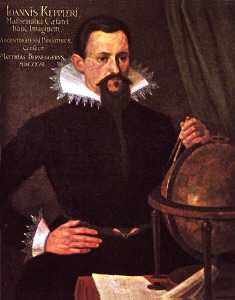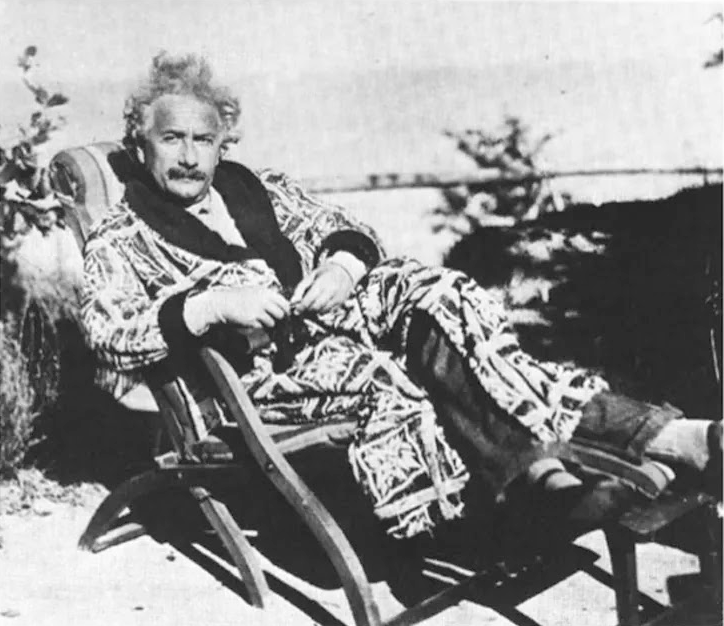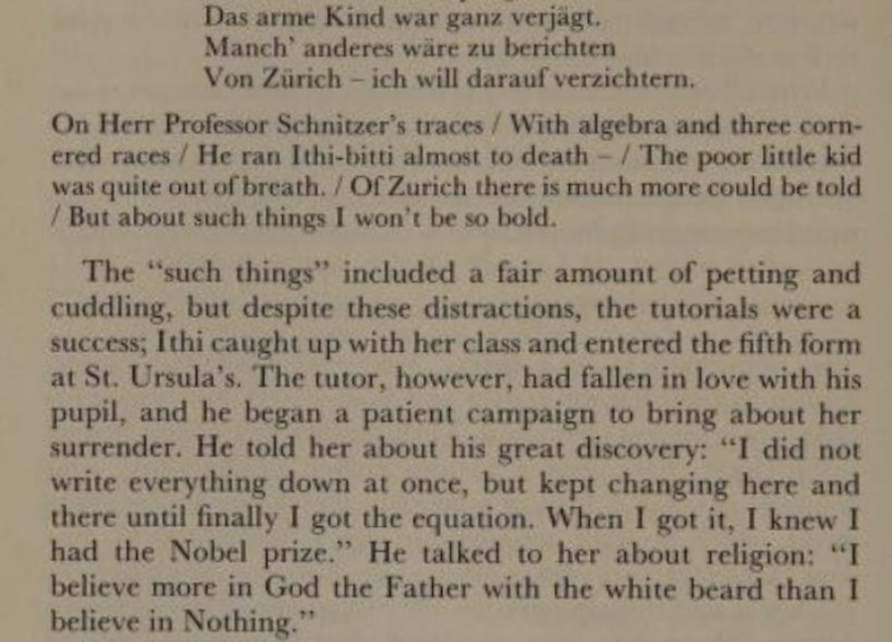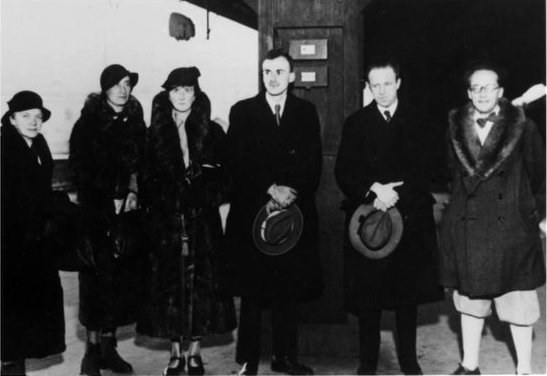ranking of slutty physicists
contents
- 11. copernicus
- 10. galilei
- 9. oppenheimer
- 8. brahe
- 7. aristotle
- 6. hawking
- 5. kepler
- 4. landau
- 3. einstein
- 2. feynman
- 1. schrodinger
please don't look at this in desktop. i need to fix the infoboxes, they're misbehaving :'(
this all started when i received cryptonomicon by neil stephensen as a christmas gift. as a rule i will read every book that i own. i was excited because i loved snow crash in high school, but stephenson really let me down with this beast of a book.
somewhere in its more than one-thousand-paged glory, cryptonomicon's protagonist, a scientist, develops a hypothesis about how his productivity is tied to sex, and the book provides a nice plot demonstrating the relationship between the two. a plot as in an actual graph.
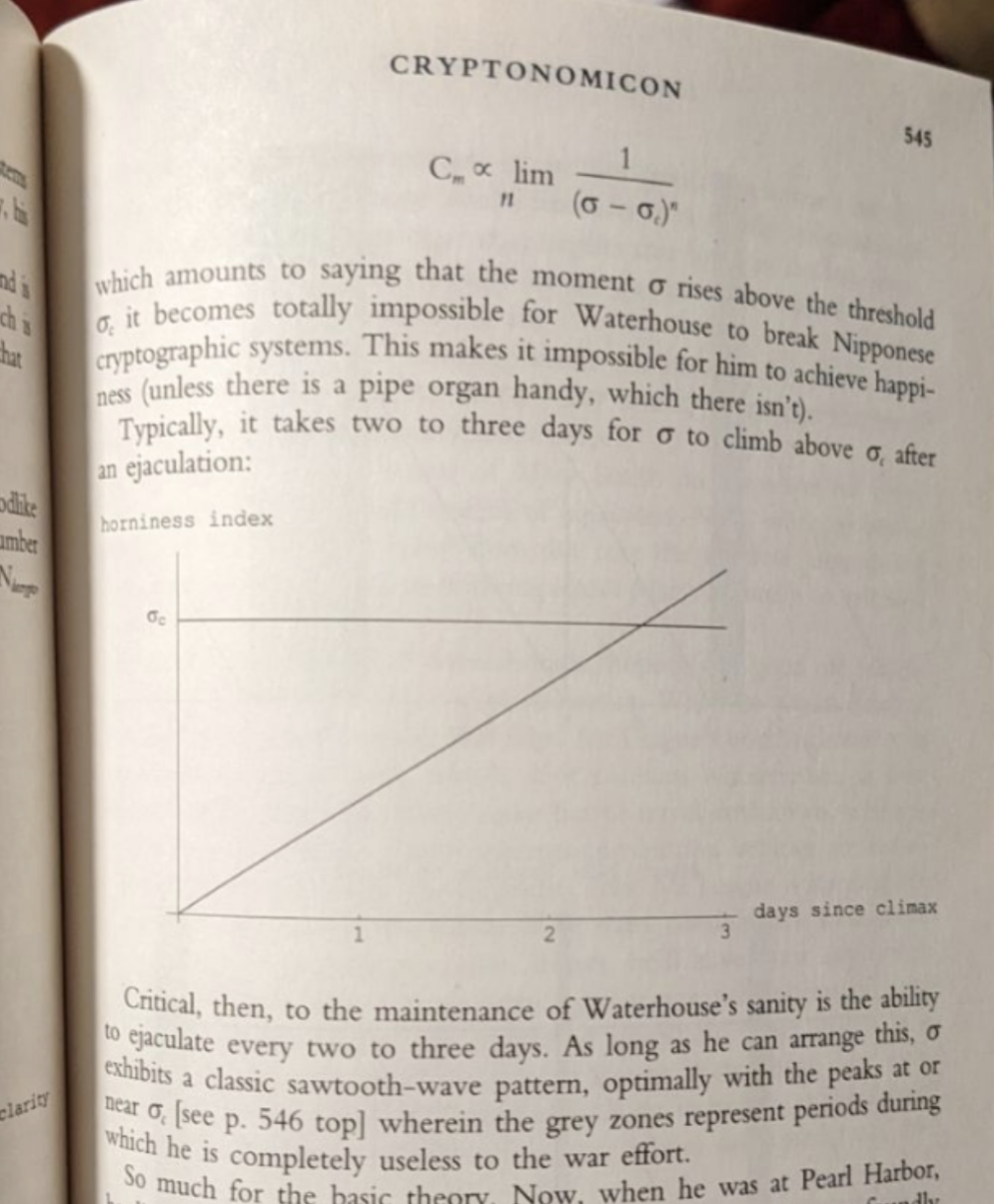
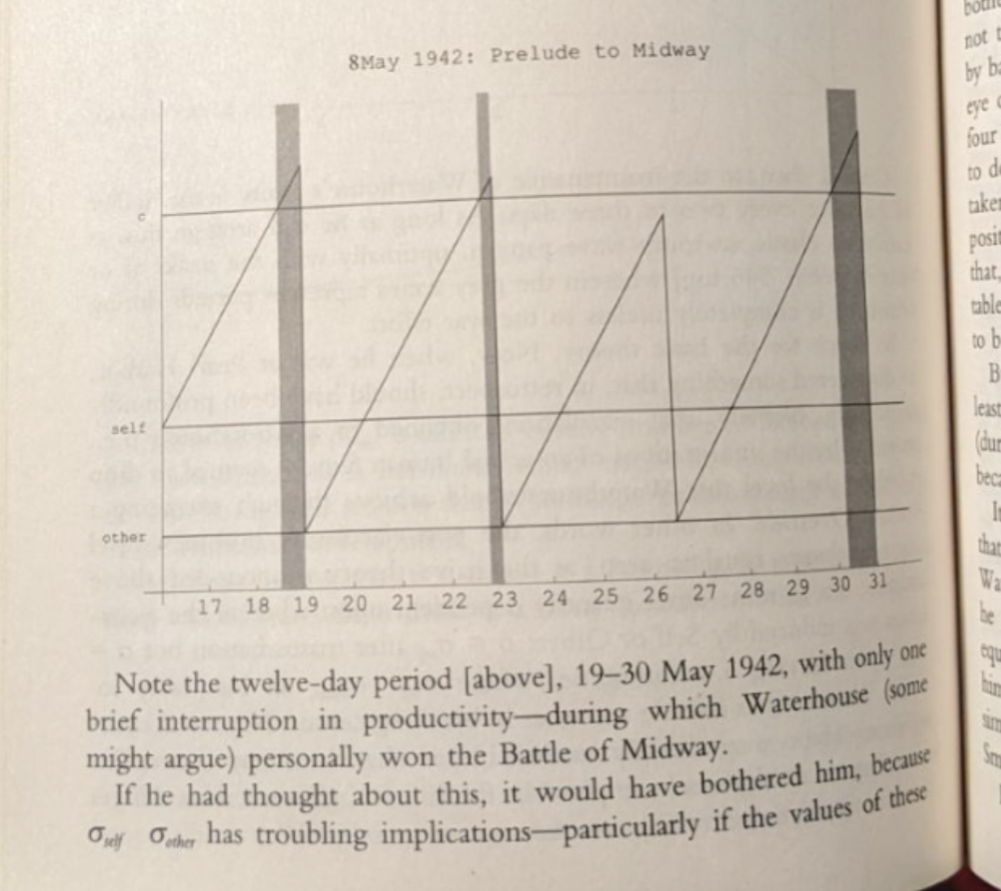
which got me thinking: what if i took this seriously for one second? unfortunately we don't have enough data to plot the cumulative number of lovers and scientific output as functions of time to see if there's a relationship between their love lives and their breakthroughs. but still, for some reason i thought that it'd be extremely funny to spend weeks poring over the recorded history of each man's personal life. and now i have enough data to rank the great deceased men of science according to how slutty they were.
the thing with ranking them is that the metric can’t only be the number of lovers that someone has had. slut is a consubstantial thing. people will call you a slut for wearing revealing clothing, talking openly about sex, making dirty jokes, consuming pornography or other erotic media, and being flirtatious.
none of those mean that you’ve had many sexual partners. i mean, these are by and large common and normal things that adults do. but kind of inevitably, they contribute to the ~vibe~. so part of the scoring system is 5 points for behavior. i’m also awarding another 5 points for revealing, showy, or otherwise provocative attire. these points are added to the number of lovers--whether or not that relationship was consumated--for a cumulative sluttiness score.
i use the word slut because most of the terms used to describe men in this way are laudatory, like stud or casanova. or they carry a negative connotation, such as libertine. to me, slut is neutral and even a bit light hearted, which is what i’m going for--not to condemn or commend a figure’s sluttiness, but to quantify it, because it’s funny.
now i know i just said i’m not here to pontificate, but i will hold philandering to some kind of moral standard, because someone has to and i know that the feynman apologists among us won’t. so i’ve added a second axis, for ethical and non-ethical sluttery. if the candidate is open and honest with their partners, and generally acknowledges and respects their humanity, they get a positive score. it seems like a pretty low bar, right? if they pursue minors, deceive or abuse their partners, engage in any nonconsensual behavior, etc that will reflect negatively. if there isn’t any information available to judge for a particular physicist, i will leave them at a 0 on the ethics axis. as an aside, i moved brahe and schrodinger slightly up along the ethics axis solely for better legibility.
so without further ado, let's begin the ranking.
11. copernicus
copernicus, known for his heliocentric model of the solar system, didn’t have a wife, or lover, or children that we know of, but he did have a live-in housekeeper named anna schilling. two bishops of warmia (var-mya) saw schilling as his mistress and continually pressed him to stop having relations with her. it’s unclear if their assumptions were true, so i’ve included an error bar to reflect our uncertainty. in any case, this was pretty scandalous at the time. he scores 0 out of 5 on behavior and dress because there’s not much information available on those fronts. that gives copernicus a cumulative score of 1. - [1]
10. galilei
galilei is known for his support of heliocentrism and his resulting persecution from the church, despite being a pretty devout roman catholic. he didn’t marry either, but he did have three children outside of marriage with marina gamba. given this, i’m giving him a 1 out of 5 in behavior--this physicist got physical out of wedlock despite the stigma in 1600s italy. however, he saw his illegitimate daughters as unmarriageable, so he sent them to a convent to live out the rest of their lives. i’m docking points for that on the ethics axis, because that’s not very cool, but i understand that social attitudes against children born out of wedlock were strong back then. in total, galilei scores a 2. - [2,3]
9. oppenheimer
oppenheimer is best known for his role in the manhattan project developing the atomic bomb. while single, he had a somewhat scandalous affair with katherine puening, who divorced her then-husband to marry oppenheimer. his fbi file contains gossip about oppenheimer having a relationship with a man, but this is only gossip. we do know that oppenheimer had at least two other affairs: one with his communist ex girlfriend jean tatlock, and one with his friend's wife, ruth tolman. he wasn’t open with his wife about these relationships, so i’m giving him a negative score for his ethics. he was also a chain smoker, which on its face has nothing to do with sluttiness, but i feel like it should be mentioned and taken into consideration--i’ll give him a 1 out of 5 for behavior. oppenheimer scores a 4. - [4,5]
8. brahe
brahe was known for the accuracy of his astronomical observations in the 16th century. as a 20 year old, he got into an argument with someone over who was a better mathematician. this escalated into a sword duel. he ended up with a scar across his face and a prosthetic nose. this isn’t really slutty as much as it is interesting, i just thought the mathematicians out there could get some ideas from it. anyways, he had children with kirsten jørgensdatter, whom he couldn’t formally marry because she was a commoner. he was met with disapproval from his family and the church for this non-divinely sanctioned union. there was also a popular rumor during brahe’s life that he had an affair with king christian the fourth’s mother, which combined with the former, earns him to a 3 out of 5 on his behavior. we don’t know if this rumor is true, hence the error bar on his score of 5. - [6,7]
7. aristotle
aristotle is best known for his philosophy, but his ideas about motion, elements, causes, and optics also significantly impacted pre-enlightenment physics. he married pythias the elder. after pythias died, he had a child with herpyllis of stagira. according to a 10th century encyclopedia called the suda, he may have also had a young male lover, palaephatus of abydus. i’m giving him a 3 out of 5 on sartorial choices solely because of this statue. that’s far more skin showing than what i feel comfortable with. this puts aristotle at 5 units of cumulative sluttiness. - [8, 9]
| |
|---|---|
| see what i mean? | |
6. hawking
stephen hawking did significant theoretical work that predicted the emission of radiation by black holes and became quite the celebrity scientist. he was married twice, first to jane wilde, then to one of his nurses, elaine mason. both marriages ended in divorce. he ranks higher on this list because it is alleged that he visited a california swingers club and other similar venues such as stringfellow’s. i assume that means that he was well in touch with his sexuality, so i’ll allot a 5 out of 5 in the behavior category, putting him at a score of 7. - [10,11]
5. kepler
kepler is best known for his titular laws of planetary motion. he almost didn't marry because he was busy publishing his research. his first wife, barbara muller, died in 1611. this is where it starts to get slutty: he courted 11 women over a two year span, treating the search for a new wife like a math problem. that problem is known today as the secretary problem, and i’ve included a paper about it in my sources. check it out if you want!. he eventually settled on susanna reuttinger, the fifth candidate, which is actually the solution of the 11-person secretary problem--it’s the number of interviews you should do to maximize your probability of finding the best candidate. anyways, he didn’t do anything out of wedlock, to my knowledge, but courting 11 people over a short time span is impressive. i also give him 1 out of 5 on sartorial choices because of the accentuated waistline in this portrait. all in all, kepler receives a 13, leaps ahead of the physicists we’ve looked at so far. - [12,13]
| |
|---|---|
| what a fit. | |
4. landau
landau was an impressive theoretical physicist, receiving the nobel prize for his theory of superfluidity, and writing his textbook series with lifshitz, among other things. we know that he was a proponent of free love, and only married his wife kora drobantseva on the condition that they were both free to pursue other relationships. although she agreed not to be jealous, she was unhappy with this arrangement. kora released a memoir after landau’s death that was regarded by his former students and colleagues to be exaggerated and untruthful, particularly on the extent of his extramarital affairs. they said that while he was coquettish and talked openly about relationships, you could count his affairs on your fingers. i’ll put his number of lovers, then, as an amount between 1 and 10, reflected by the error bars on landau’s spot. since his openness about relationships and his flirtatiousness was notable enough to mention in biographies, i’m giving him a 5 out of 5 on behavior. we know he was open with his wife, and she agreed to having an open marriage (at least at first), so i think he qualifies as an ethical slut. landau ties with kepler at 13 points. - [14, 15, 16]
3. einstein
einstein was awarded the nobel prize for the photoelectric effect, but is better known for developing his theory of relativity. he broke up with his hs sweetheart marie after he entered college and fell in love with his classmate, mileva maric. they eventually married, but he was unfaithful: he wrote marie about how he loved her, and regretted in having left her for maric. he also had an affair with his first cousin, elsa lowenthal, which caused einstein and maric to spend the last 5 years of their marriage living separately. after he divorced maric, he married elsa. according to his correspondence, einstein “cheated” on elsa with 6 other women, including betty neumann, his secretary, margarete lebach, estella katzenellenbogen, toni mendel, and ethel michanowski. i say “cheated” because he discussed these affairs pretty openly with both elsa and his step daughter margot in their correspondences. after elsa passed away, he had a brief relationship with the russian spy margarita konenkova. these are all of einstein’s lovers that i know about. given his earlier unfaithfulness to maric, i’m nudging him slightly lower than a neutral 0 on the ethics axis.
| |
|---|---|
| einstein lounging in his robe. | |
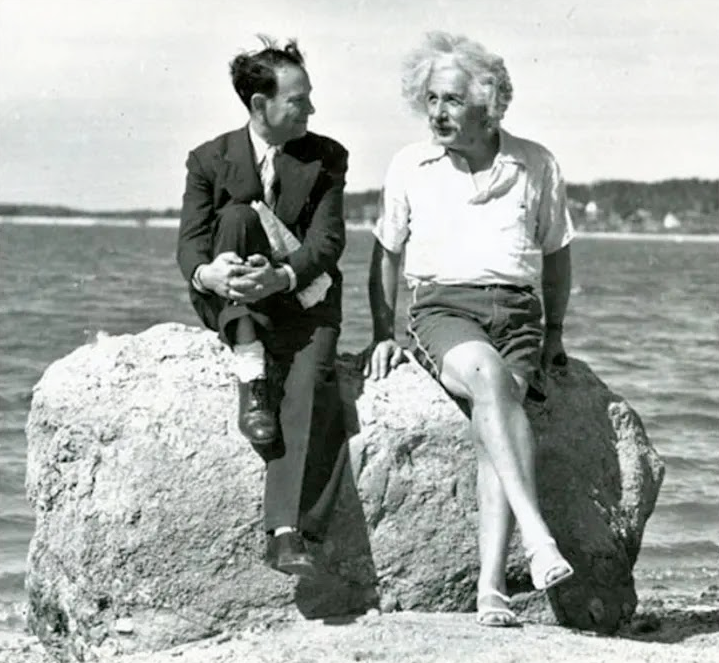
| |
|---|---|
| einstein in shorts. | |
as you can see from this picture of him lounging in a bathrobe, and this image of him wearing shorts that wouldn’t have passed a high school dress code, einstein deserves all 5 points in the sartorial choices category. as for his behavior, i’ll say he’s a 3, on account of his uninhibited flirtations despite being married.this puts him at a grand total of 17..- [17, 18, 19, 20]
2. feynman
feynman was certainly a fine scientist. he was a part of the manhattan project, and was awarded the nobel prize for his work in quantum electrodynamics. but he wasn’t such a fine man. in his memoir surely you’re joking, mr feynman!, he explains how he became essentially a pick-up artist, and was able to convince the “worthless bitches” (his words) at the bar to sleep with him. he pretended to be an undergrad to get undergrad students to sleep with him. he asked students to nude model for him, which in the context of figure drawing is benign, but is disturbing to me because of the power imbalance in that relationship. the list of questionable behavior continues. in his fbi file, his ex-wife testified that when she interrupted his calculus or his bongo sessions, he would fly into a violent rage, attack her, throw objects, and smash furniture. they divorced on grounds of cruelty. under the totality of the evidence we have, he scores low in ethics. i know that having acknowledged what i just acknowledged, it will likely send feynman fanboys after me to defend his honor, and i just want to say that i’m not discounting how great of a scientist is by saying that he did bad things. they can both be true.
| |
|---|---|
| i can't blame him, my notes look like this too. | |
| |
|---|---|
| feynman certainly loved his outfits. | |
in calculating the number of partners he had, i had to make some estimates. feynman's first wife and high school sweetheart was arline greenbaum. she died of tuberculosis while he was working at los alamos. in his grief, he had many dead-wife-rebounds, but they all seemed like ash to him. it's likely that he never really recovered from this loss, and no woman that he met seemed to live up to this romanticized image of greenbaum. this didn't stop him, though. at cornell, where he was a professor, feynman hired sex workers and slept with the wives of physics grad students. he visited strip clubs to do work and draw the dancers.
rose mcsherry was his lover while he worked on quantum electrodynamics, but then he met and settled down with mary louise bell. after they divorced (because of the spousal abuse, among other things), he had a few girlfriends that stole money or other items from him. after this stint, he married gweneth howarth, and they remained together until his death at 69 (nice). it’s likely that i’ve underestimated the number of partners that he had, so i have an error bar reflecting that. when looking for pictures or texts detailing his manner of dress, i stumbled upon an account of a royalty-themed party where feynman dressed up as queen elizabeth the second. according to this article, he stripped to raunchy music at the party’s end. this is obviously a 5 for behavior. as far as revealing clothing goes, i’d say that his costume from guys n’ dolls is a 5 if i ever saw one. feynman comes out with 24 cumulative sluttiness units. - [21, 22, 23, 24, 25]
1. schrodinger
and that brings us to schrodinger. oh, schrodinger. he won the nobel prize for the schrodinger equation. but he did so much more than that. and the so much more seems to be largely falling in love with woman, after woman, after woman… where do i begin. schrodinger was pretty much polyamorous. for a large portion of his life he lived with his wife, anny, and his partner, hilde. anny knew about his numerous escapades, and was mostly fine with it, as she had her own partner that she visited regularly. schrodinger’s openness actually caused problems in his professional life, as colleagues at cambridge and princeton didn’t take kindly to his open nonmonogamy. after moving to dublin, however, he was more or less accepted, unconventional family and all. he kept a diary with dates, names, and comments about all of his romantic and sexual encounters, which he called his ephemeridae. i'll write you a brief summary:
- lotte “weibi” rella
- ella kolbe - denouement
- felice krauss bianchi
- irene drexler
- wife annemarie (anny) bertel - denouement
- casual encounters & denouement
- casual encounters & denouement
- casual encounters & denouement
- casual encounters & denouement
- ithi junger - denouement, groomed as a 14 year old student of schrodinger.
- hilde march - denouement
- hansi bauer-bohm - denouement
- barbara - unrequited, a 12 year old.
- sheila may green - denouement
- kate nolan (pseudonym) - denouement
- lucie rie - denouement
so as you might have guessed, we could plot the cumulative number of partners as a function of time for schrodinger, compare to his research output, and examine local trends. but i’m not doing that because it’s hard.
what’s interesting is that he didn’t really view these encounters as sexual conquest. the man just liked to fall in love, and it didn’t matter as much if he got sexual gratification. neither did it matter if the object of his affections was married. or a minor. yep, he scores so low in the ethics department because he groomed a 14 year old girl, ithi junger. that he waited to sleep with her until she was 16 doesn’t really make it better. later in life, he also tried to pursue a 12 year old named barbara, the family member of a colleague. thankfully that colleague put an end to it. obviously this is non-ethical slut behavior. really non-ethical. he also tended to ditch his partners immediately after they got pregnant. but it's mainly the grooming of children that puts schrodinger on the same latitude as feynman. sorry to ruin your day, finding this out certainly ruined mine.
| |
|---|---|
| a poem that schrodinger wrote a young girl he tutored, ithi. taken from the moore biography. | |
| |
|---|---|
| i find this portrait very amusing. | |
| |
|---|---|
| one of schrodinger's poems. in his words, he is not a prude. | |
back to the ranking. the behavior--the incessant love poems, the obsession with falling in love--gives him a 5 out of 5 nonetheless. in the sartorial category, schrodinger sweeps up all 5 points as well. according to his biography by walter moore, he would wear an open short-sleeved shirt to give lectures at the university of berlin, where professors were expected to wear a formal suit, white collar, and tie. he is also described as dressing “flamboyantly”, with a fur coat and calf length trousers with high socks. schrodinger lands 25 points in all, and i can confidently bestow upon him the title of sluttiest physicist, which i get the feeling he would accept given some of his poetry. - [26, 27]
congratulations for making it to the end of this mess. if you know of any physicists that i haven't mentioned, or want to dispute the scores that i've given, email me and let me know! for all you physicists out there, whether you choose to be slutty or not, make sure to keep it ethical. :)
| |
|---|---|
| final scores. | |
errata
october 2021 - einstein has been demoted on the ethical axis due to his behavior towards his first wife, mileva marić. (contributed by Liam Schramm)
references
(show references)
- John Freely, Celestial Revolutionary, I.B. Tauris, 2014 pp. 103–04, 110–13 ISBN 978-1780763507
- Rosen, J.; Gothard, L. Q. (2009). Encyclopedia of Physical Science. New York: Infobase Publishing. p. 268. ISBN 978-0-8160-7011-4.
- Sobel, D. (2000) [1999]. Galileo's Daughter. London: Fourth Estate. ISBN 978-1-85702-712-9.
- Bird, Kai; Sherwin, Martin J. (2005). American Prometheus: The Triumph
- Tragedy of J. Robert Oppenheimer. New York: Alfred A. Knopf. ISBN 978-0-375-41202-8. OCLC 56753298.
- Christianson, J. R. (2000). On Tycho's Island: Tycho Brahe and His Assistants, 1570–1601. Cambridge: Cambridge University Press.
- Mallia, Daniel (16 January 2012). "Did Johannes Kepler murder Tycho Brahe?". History News Network. Archived from the original on 21 January 2012. Retrieved 19 January 2012.
- Shields, Christopher (2016). "Aristotle's Psychology". In Zalta, Edward N. (ed.). Stanford Encyclopedia of Philosophy (Winter 2016 ed.).
- Smith, William George (2007) [1869]. Dictionary of Greek and Roman Biography and Mythology. J. Walton. Retrieved 30 January 2019 – via Internet Archive.
- Ferguson, Kitty (2011). Stephen Hawking: His Life and Work. Transworld. ISBN 978-1-4481-1047-6.
- (2012, February 28). Stephen Hawking visited US sex club. Cambridge News; Cambridge Newspapers Ltd. https://web.archive.org/web/20120729151635/http://www.cambridge-news.co.uk/Home/Hawkings-visit-to-US-sex-club-28022012.htm
- Ferguson, Thomas S. (1989), "Who solved the secretary problem?", Statistical Science, 4 (3): 282–289, doi:10.1214/ss/1177012493, JSTOR 2245639
- Caspar, M., Dulcinea Otero Piñeiro, & David Galadí Enríquez. (2018). Johannes Kepler. Universidad Politecnica De Valencia.
- Gorelik, Gennady (August 1997). "The Top-Secret Life of Lev Landau". Scientific American. 277 (2): 72–77. Bibcode:1997SciAm.277b..72G. doi:10.1038/scientificamerican0897-72. JSTOR 24995874. Retrieved 18 June 2018
- Shifman, M., ed. (2013). Under the Spell of Landau: When Theoretical Physics was Shaping Destinies. World Scientific. doi:10.1142/8641. ISBN 978-981-4436-56-4.
- Landau-Drobantseva, Kora (1999). Professor Landau: How We Lived (in Russian). AST. ISBN 5-8159-0019-2. Archived from the original on 4 May 2005.
- Stachel, John J. (1966). Albert Einstein and Mileva Marić (PDF). Archived from the original (PDF) on 7 March 2008. Retrieved 13 May 2016.
- Wüthrich, Urs (11 April 2015). "Die Liebesbriefe des untreuen Einstein" [The love letters of the unfaithful Einstein]. BZ Berner Zeitung (in German). Bern, Switzerland. Retrieved 11 April 2015.
- Digital Einstein Papers Home. (2019). Princeton.edu. https://einsteinpapers.press.princeton.edu/
- Highfield, Roger (10 July 2006). "Einstein's theory of fidelity" – via www.telegraph.co.uk.
- Gleick, James (1992). Genius: The Life and Science of Richard Feynman. Pantheon Books. ISBN 0-679-40836-3. OCLC 243743850.
- Gribbin, John; Gribbin, Mary (1997). Richard Feynman: A Life in Science. Dutton. ISBN 0-525-94124-X. OCLC 636838499.
- FBI files on Richard Feynman. (n.d.). MuckRock. Retrieved July 11, 2021, from https://www.muckrock.com/foi/united-states-of-america-10/fbi-files-on-richard-feynman-1165/#366875-responsive-documents
- Feynman, R. P., Leighton, R., Hutchings, E., & Gates, B. (2018). “Surely you’re joking, Mr. Feynman!” : adventures of a curious character. W.W. Norton & Company.
- Halpern, P. (2017, October 31). Dressing Up Science: Richard Feynman And The Costume Parties Of Al Hibbs. Medium. https://medium.com/starts-with-a-bang/dressing-up-science-richard-feynman-and-the-costume-parties-of-al-hibbs-e57648a30ce
- Moore, Walter (1992). Schrödinger – Life and Thought. Cambridge University Press. ISBN 978-0-521-43767-7. Retrieved 7 November 2011.
- Farmelo, Graham. It Must Be Beautiful : Great Equations of Modern Science. London ; New York Granta Books, 2002.
part of a series of...
effortposts
the finishing school • sluttiness ranking • poast • poast

